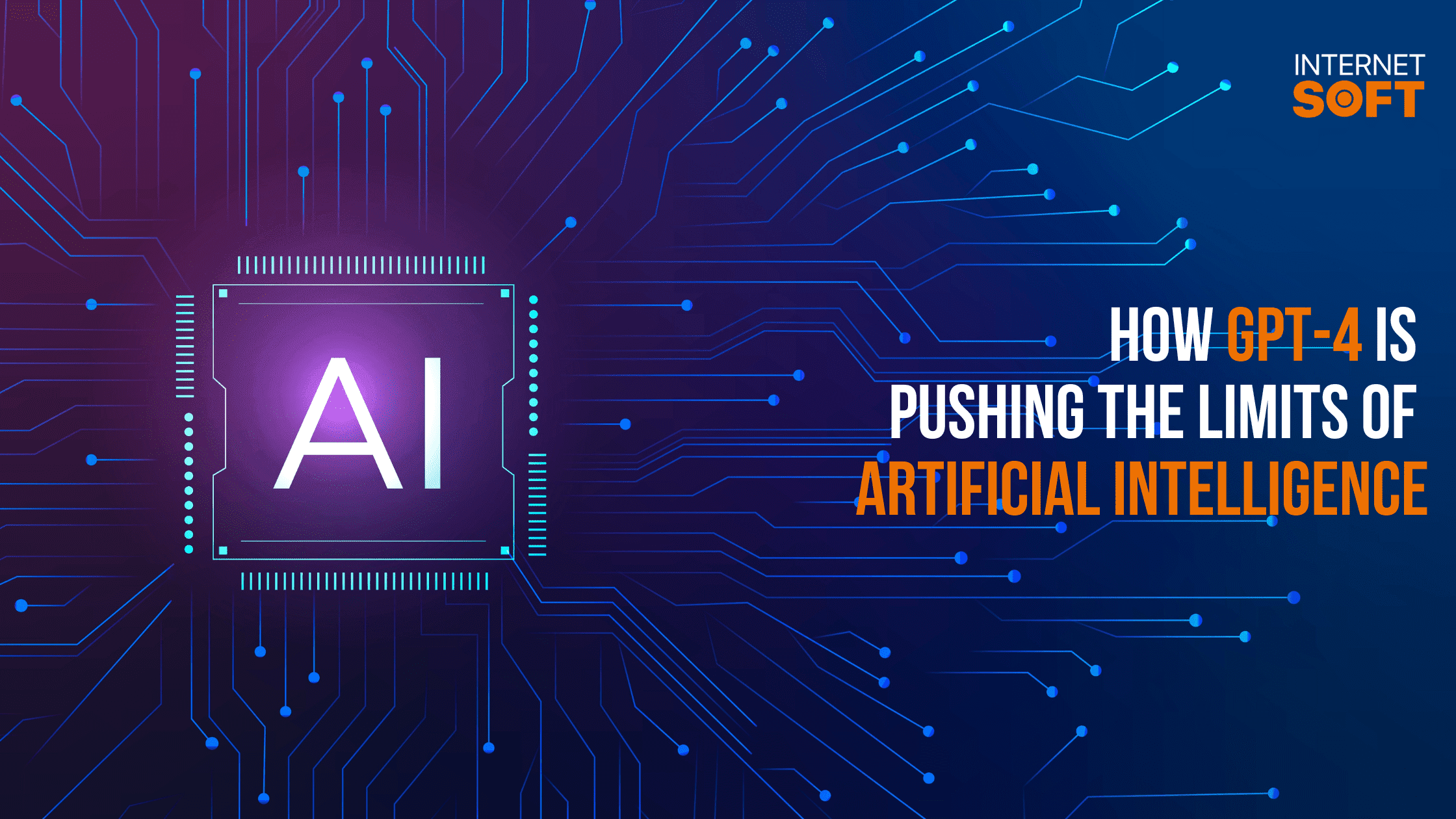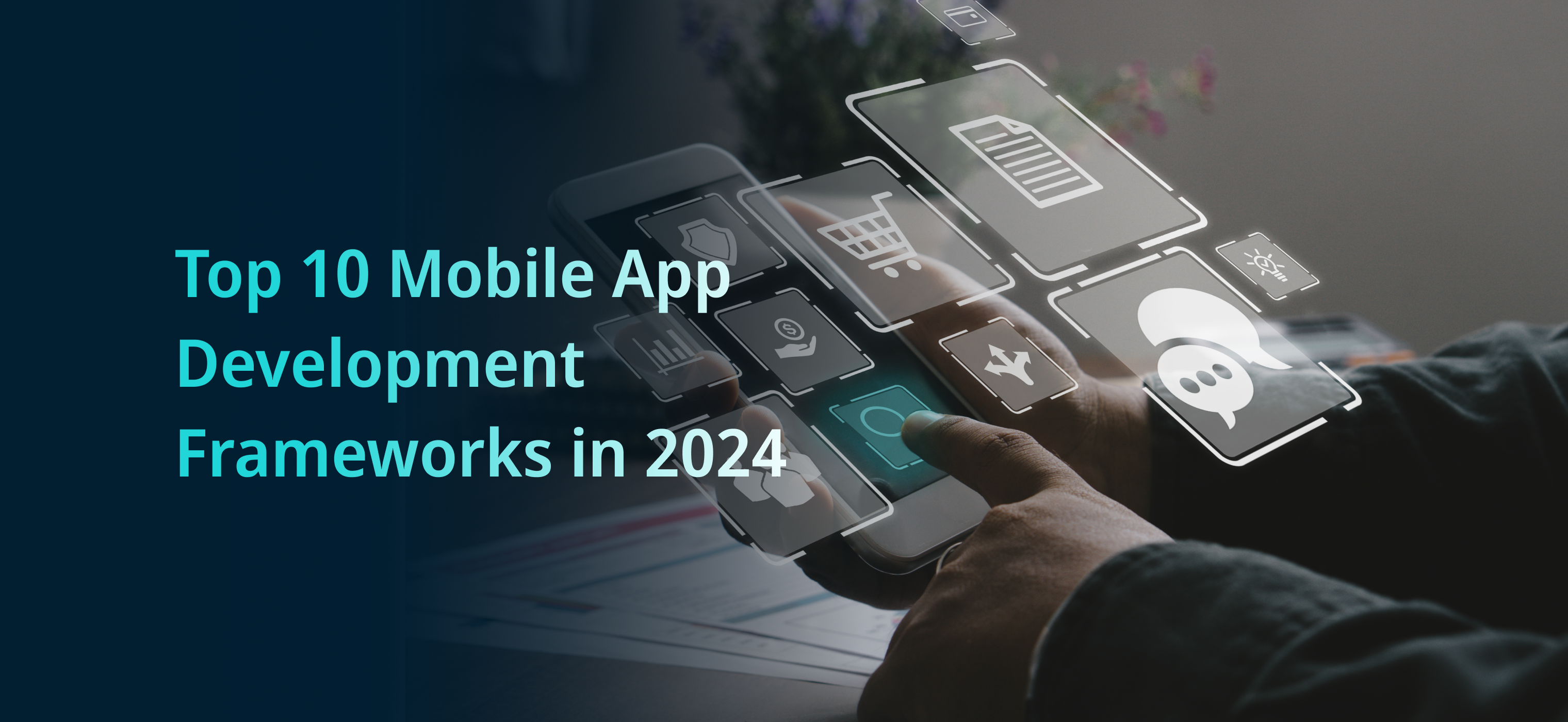The Generative Pre-trained Transformer-4 (GPT-4) is a revolutionary breakthrough in the field of Artificial Intelligence (AI). GPT-4 is the most advanced natural language processing (NLP) system ever developed, capable of generating human-like text from scratch. GPT-4 is pushing the limits of what AI can do, providing a powerful tool for both developers and researchers alike. This blog post will explore how GPT-4 is advancing AI technology and discuss what this means for the future.
What is GPT-4?
GPT-4 stands for Generative Pre-trained Transformer-4, which is the latest artificial intelligence model from OpenAI. GPT-4 is designed to be a natural language processing (NLP) tool that can understand, generate, and manipulate human-like text. It is an extension of the GPT family of AI models and is expected to push the limits of machine learning capabilities.
GPT-4 is built on the foundation of GPT-3 and has even more advanced features and capabilities. GPT-4 has over a trillion parameters, making it one of the most powerful AI models available. It can process complex sentences, recognize patterns, and learn from vast amounts of data. Its technology allows it to analyze text and generate responses that are coherent and natural-sounding.
GPT-4’s technology works by using deep learning algorithms and transformer architecture to process and understand human-like language. It can learn from vast amounts of data and can be trained to understand different languages and dialects. GPT-4’s advanced features include multi-task learning, transfer learning, and reinforcement learning, which allow it to adapt and learn from different situations and contexts.
In comparison to GPT-3, GPT-4 is expected to have even better performance in terms of natural language generation, accuracy, and fluency. It will continue to be a significant machine learning trend in the future and has numerous applications in various industries.
The Evolution of GPT Models
Generative Pre-trained Transformers (GPTs) have come a long way since their inception. The first model, GPT-1, was released by OpenAI in 2018. It had 117 million parameters and was capable of generating coherent text. GPT-2, released in 2019, was an improvement over GPT-1 with 1.5 billion parameters, and it was able to generate high-quality, human-like text.
GPT-3, released in 2020, was a game-changer with 175 billion parameters, making it one of the largest language models in existence. GPT-3 had the ability to perform various language tasks, including translation, summarization, and question-answering. However, GPT-3 still had its limitations in terms of context and coherence.
GPT-4 is currently in development, and it promises to push the limits of AI even further. With an expected 10 trillion parameters, GPT-4 will have even greater capabilities than its predecessors. It will be able to understand and generate text in various languages, dialects, and registers. Additionally, GPT-4 will be able to incorporate contextual information, making it even more human-like in its responses.
Overall, the evolution of GPT models has led to significant improvements in natural language processing. GPT-4 will undoubtedly take this progress even further, and its enhanced features will likely have a significant impact on various industries, from finance to healthcare.
GPT-4’s Enhanced Capabilities
GPT-4 is expected to have a significant leap in its capabilities compared to its predecessor, GPT-3. The model is set to have an unprecedented number of parameters, expected to exceed 10 trillion, making it the largest language model ever created. With this level of complexity, GPT-4 is anticipated to deliver enhanced performance in natural language processing (NLP) tasks, including text completion, question-answering, and even chatbot interactions.
One of the major advancements of GPT-4 is the ability to incorporate multimodal inputs, such as audio and video, along with text-based inputs, which will help improve the accuracy of NLP models. Moreover, GPT-4 is also expected to have improved few-shot learning capabilities, meaning the model can be trained on a smaller amount of data, making it more efficient and cost-effective.
Overall, GPT-4’s features and capabilities are poised to be a game-changer in the world of artificial intelligence. Its advanced natural language processing capabilities will provide numerous applications across various industries, from healthcare to finance to education. The success of GPT-4 will further push the limits of what AI can achieve and will continue to revolutionize how we interact with machines.
Applications of GPT-4 in Various Industries
With the enhanced capabilities of GPT-4, the applications of this AI model are numerous and varied. In the field of marketing, GPT-4 can help businesses with personalized content creation, advertising copy, and social media management. In the legal industry, GPT-4 can be used for document review, legal research, and even to predict case outcomes.
The healthcare industry can benefit from GPT-4’s ability to analyze large amounts of medical data, which can aid in the development of new drugs and treatment plans. GPT-4 can also assist with virtual diagnoses, personalized medicine, and telemedicine consultations.
In the financial sector, GPT-4 can help with risk analysis, fraud detection, and stock market prediction. The education sector can also benefit from GPT-4, as it can assist with grading and personalized tutoring.
Overall, the applications of GPT-4 are endless and will only continue to grow as the technology improves. Its advanced features and parameters can help revolutionize various industries and make complex tasks more efficient and accurate. With its superior capabilities compared to its predecessor, GPT-3, GPT-4 has the potential to become a vital component in many industries, paving the way for a more advanced and sophisticated future for AI.
The Future of AI with GPT-4
As we delve into the future of artificial intelligence (AI), GPT-4 is set to redefine the possibilities of this rapidly advancing field. With its unprecedented capabilities, GPT-4 opens doors to new horizons in various industries.
One of the most exciting aspects of GPT-4 is its enhanced features. With a staggering number of parameters, GPT-4 surpasses its predecessor, GPT-3, in both scale and performance. This allows it to generate even more accurate and contextually coherent responses, making it an invaluable tool in natural language processing tasks.
GPT-4’s advancements in machine learning techniques make it a game-changer in fields such as content generation, customer support, and virtual assistance. Its ability to understand complex human language and provide meaningful responses paves the way for more personalized and immersive user experiences.
Furthermore, GPT-4’s superior performance opens up possibilities for advancements in AI-driven decision-making systems, automated research, and data analysis. With its impressive computational power, GPT-4 has the potential to revolutionize the way we approach complex problems and make informed decisions.
As we witness the exponential growth of AI, GPT-4 stands at the forefront, pushing the boundaries of what is possible. Its remarkable capabilities and refined algorithms lay the foundation for a future where AI becomes an integral part of our daily lives, driving innovation, and revolutionizing industries across the board.
Visit Internet Soft for the latest tech trends and insights around AI, ML, Blockchain, along with NeoBanking and timely updates from industry professionals!
Need assistance or have questions? Reach out us at sales@internetsoft.com.







